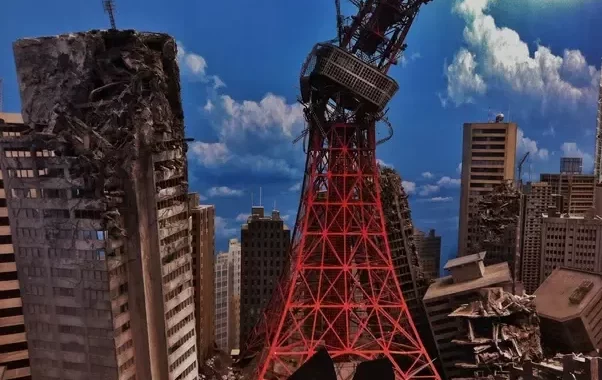Why We Love Watching Monuments Explode in Movies

Why We Love Watching Monuments Explode in Movies
The Fascination with Destruction
For decades, the fascination with disaster movies has been fueled by images of recognizable buildings collapsing, sometimes as a symbol of the fall of civilization, other times for the spectacle of seeing something beautiful burn.
The Allure of Destruction
Architect Víctor Riquelme acknowledges that disaster movies are his favorite genre. He recalls the image of the dome of St. Peter’s Basilica in Vatican City collapsing and overturning onto the square in the movie “2012” (2009). As an architect, he finds it fascinating, despite the fact that it makes his hair stand on end. Riquelme believes that the appeal of these movies lies in a morbid curiosity, related to the satisfaction of destroying something beautiful that we create.
The Psychology of Destruction
Writer Pat Finn, in an article for Architizer, equates the attraction to disaster movies with the sense of comfort that many spectators obtain from horror movies. Finn suggests that victims of trauma often repeat the memory of that trauma to gain control over it, and that this can lead to a phenomenon known as the compulsion of repetition. By projecting our fears onto a screen, we can confront and overcome them in a controlled environment.
The History of Disaster Movies
Disaster movies have been around since the 1950s, but it wasn’t until the 1990s that they became a staple of popular culture. Roland Emmerich’s “Independence Day” (1996) and “Godzilla” (1998) are prime examples of the genre. The 9/11 attacks in 2001 marked a turning point in the genre, as movies like “The Day After Tomorrow” (2004) and “2012” (2009) capitalized on the public’s fear of catastrophic events.
The Therapeutic Value of Disaster Movies
Antonio José Navarro, in his book “El imperio del miedo. El cine de horror norteamericano post 11-S” (2016), argues that disaster movies serve as a form of therapy for the collective trauma of the 9/11 attacks. By representing the destruction of iconic buildings and monuments, these movies allow us to confront and process our fears in a controlled environment.
The Notre-Dame Cathedral Fire
In 2019, a controversy arose over the reaction to the fire at Notre-Dame Cathedral in Paris. Some social media users criticized others for commenting on the beauty of the burning cathedral, accusing them of insensitivity. Director Jean-Jacques Annaud’s movie “Notre-Dame on Fire” (2022) explores the double dimension of images, blurring the lines between fiction and reality.
Conclusion
The fascination with disaster movies is a complex phenomenon that taps into our morbid curiosity and our need to confront and overcome our fears. By representing the destruction of iconic buildings and monuments, these movies allow us to process our collective trauma and gain control over our fears.